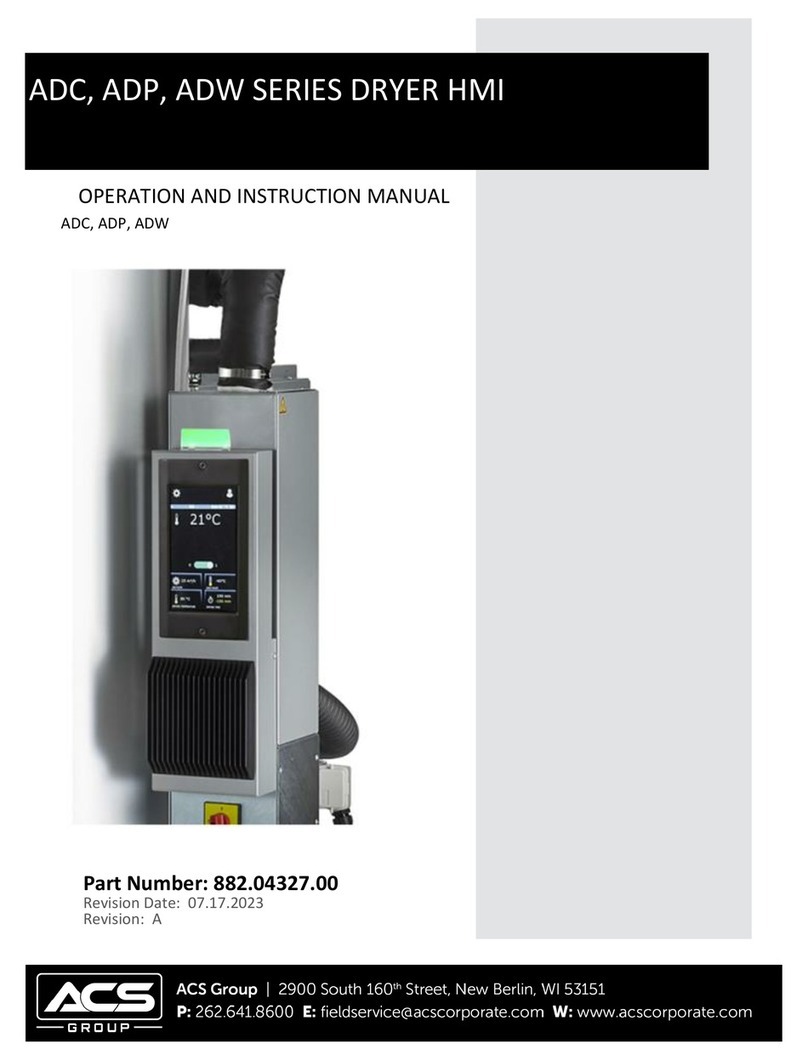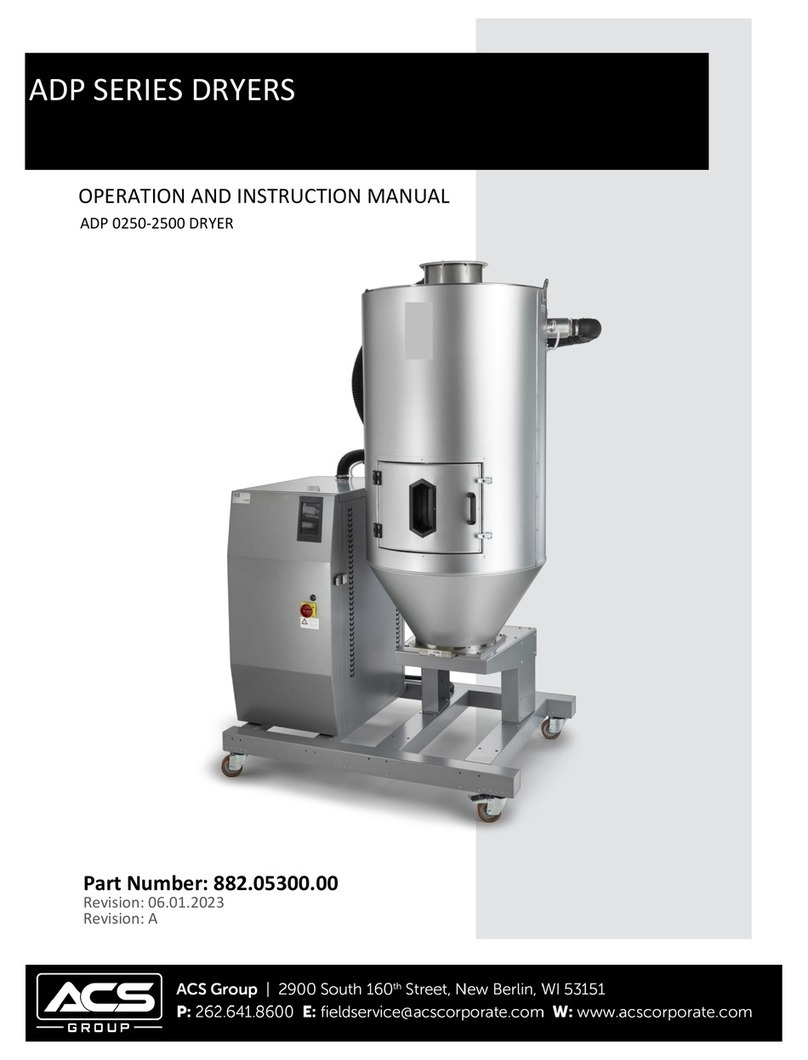v
Table of Contents
CHAPTER 1:!SAFETY..............................................................VII!
1-1!How to Use This Manual ............................................................................................vii!
Safety Symbols Used in this Manual....................................................................vii!
1-2!Warnings and Precautions ..........................................................................................ix!
1-3!Responsibility .............................................................................................................. x!
General Responsibility .......................................................................................... x!
Operator Responsibility......................................................................................... x!
Maintenance Responsibility .................................................................................xii!
Reporting a Safety Defect ....................................................................................xii!
CHAPTER 2:!GENERAL INFORMATION ................................ 13!
2-1!Models Covered in This Manual................................................................................ 13!
2-2!Necessary Documents .............................................................................................. 13!
2-3!General Description .................................................................................................. 13!
The Process/Regeneration Cycle ....................................................................... 15!
Material Overdrying Protection (DryPro Control Only) ........................................ 15!
2-4!Central Drying System Options................................................................................. 17!
Mechanical Options............................................................................................. 17!
CHAPTER 3:!INSTALLATION.................................................. 18!
3-1!Positioning Your Dryer .............................................................................................. 18!
3-2!Connecting the Process and Return Air Hoses......................................................... 18!
3-3!Drying Hopper ........................................................................................................... 21!
Removing the Rust Inhibitor.................................................................................... 21!
Air Trap Considerations ......................................................................................... 21!
3-4!Positioning Your Hopper ........................................................................................... 21!
3-5!Optional Damper Valve ............................................................................................. 21!
3-6!Optional Pressure Orifice (Required with Damper Valve)......................................... 22!
3-7!Optional Bypass Valve ............................................................................................. 23!
CHAPTER 4:!OPERATION....................................................... 24!
4-1!Pre-Startup Checks................................................................................................... 24!
4-2!Using the Optional Isolation Valves .......................................................................... 24!
CHAPTER 5:!MAINTENANCE ................................................. 25!
5-1!Work Rules................................................................................................................ 25!
5-2!Optional Damper Valve Maintenance ....................................................................... 25!
5-3!Optional Bypass Valve Maintenance ........................................................................ 26!
5-4!Replacing the Process Heaters................................................................................. 27!
5-5!Preventative Maintenance Checklist......................................................................... 28!
CHAPTER 6:!TROUBLESHOOTING ....................................... 29!
Determining Temperature Controller Errors or Sensor Errors................................... 32!































